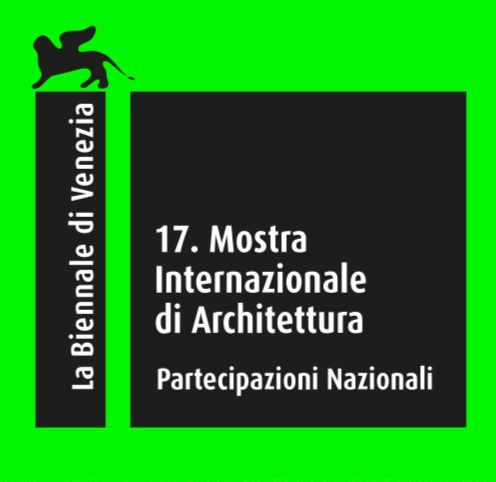I am publishing this here, instead of Covidian Æsthetics, because it marks the end of an era: for me, and for [m]anything[s] else—the twice-postponed Venice Biennale among them.
I first expressed this certainty in an open letter that I sent to Hashim Sarkis, the 17th Biennale’s curator, on March 23, 2020.1 At the time, I wrote that the significant delay in deciding the Biennale’s postponement “deserves to be what its seventeenth edition is remembered for; the last, hubristic hurrah the design world should be willing—or able—to fling into the Faceless within our lifetimes.”
While my opinion hasn’t changed in substance, it has gained in nuance. The Biennale’s prompt—“How Shall We Live Together?”—is more urgent than ever, but it remains to be seen how the pandemic impacted the different national participations. On May 23, 2020, for example, a Curators Collective with a “shared interest in turning the Biennale’s postponement into an opportunity to express greater solidarity” was established. Solidarity does not, however, presuppose self-examination.
In the case of the Peruvian Pavilion it has certainly not, if for numerous reasons. The first of these is likely funding—what is measly on a good year would be next to non-existent on a bad one. It is almost impossible to pull a U-turn of the magnitude—and speed—required without significant financial backing.
Then there was, of course, the pandemic itself, and the severity with which it struck Peru, which until recently held the Covidian world record for excess deaths per capita. It has been said that every Peruvian knows someone who died from the virus—and I am sadly not the exception to this.
The one point I’m unclear about is whether the Peruvian curatorial team in fact continues to subscribe to the now spectacularly insupportable hypothesis that gates are meaningfully violent, and that the civilised desire should be to have them removed from the commons.
But it is because this is what the Peruvian exhibition continues to sustain that my text has remained as it was. My original purpose in writing it was to counter the Peruvian curatorial team’s position by framing gates as coterminous symbolic sluices that are able to embody and sustain the flickering and tensile contradictions of the space-bound limen.
I stand by this. The pandemic was a forced invitation to reassess any idealised or ideological lassitude around open borders, and a reminder that the sovereign state is able to open and close them—to lock down, and lock out, and lock in—at will.
The World Within
The purpose of this work is to complement and complicate the hypothesis set forth by the Peruvian exhibition at the 17th Venice Biennale.
To do so, it will explore and explode the purpose and meaning of gates, walls, [de]fences and thresholds—doorways, boxes, enclosures and cages―and of other limit[ing] and liminoid experiences.
In dealing with the question of [de]limitation, this catalogue must exist in excess of the conceptual and formal requirements that are typically envisioned for a document like it. In an agonistic spirit, it must remain a work in process―a dance and a negotiation.
In addressing the gate as a three-dimensional ambiguous image, it must be ephemeral and permanent, a physical object and an online presence; a fixed but flickering―indeed, a multistable―installation/distillation.
It is also a two-in-one deal. One part is a series of concatenations themed on "interiority as polity." The other is concerned with the physical, philosophical and phenomenological underpinnings of "perceptual hedging." They should be read in no particular order.
The World Without
This theorypoem would have been impossible without the kind invitation of Felipe Ferrer, curator of the Peruvian Pavilion at the 17th Venice Biennale, and the designing minds of Michael Prado at La Crema Publicaciones and his partners at Formato Público, Camilla Villa and Elías Quiróz.
I owe a special debt of gratitude to Alonso Toledo, Geoff Manaugh and Ed Phillips, fellow foxes ensnared in the deep play of praxis whose help, leads and wiles are of a piece with this work.
❦
Visit: <https://www.pcp.org.pe/playground/default.html> and click the <outsidein/insideout> tab, right, to enter.
It can be found at <covidianaesthetics.substack.com/p/preface-to-the-peruvian>




